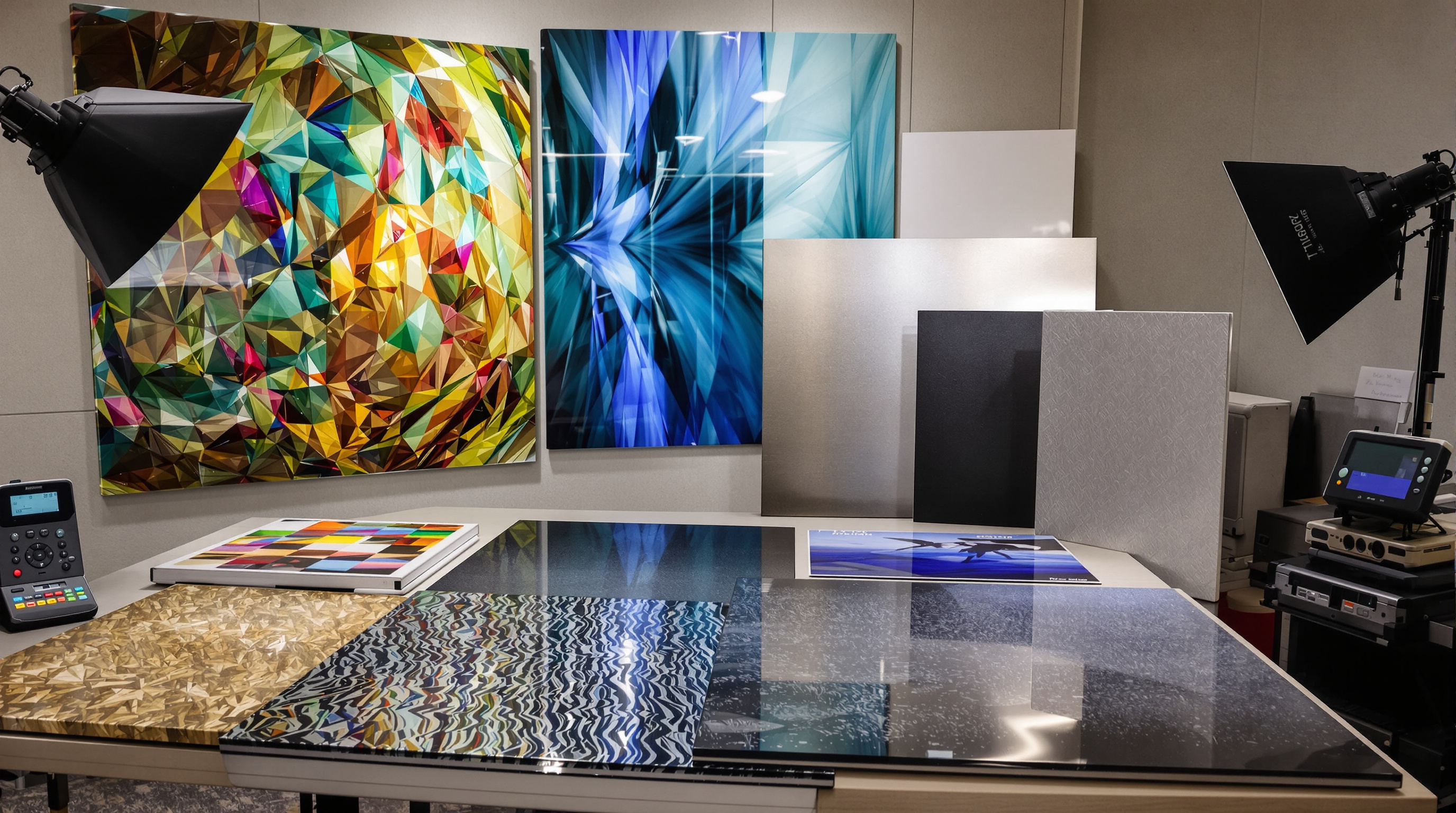The Ultimate Guide to Professional Photo Printing
T.K. Broecker / 1 October 2025

Choosing the Right Professional Photo Print Medium
In the digital age, the tangible experience of a physical photograph holds unique significance. Professional photo printing services transform digital files into stunning physical pieces. Each medium—acrylic, metal, canvas, and fine art—offers distinct qualities that can elevate visual storytelling.
Why Professional Printing Matters
Professional labs go far beyond consumer kiosks—using advanced equipment, premium materials, and expert color management to produce gallery-quality prints that faithfully represent the photographer’s vision. For an in-depth look at color management and ICC profiling, the X-Rite guide to ICC profiles provides an excellent technical overview.
- Higher resolution output (typically 300+ DPI)
- Expanded color gamut for richer, more accurate color
- Archival-quality materials designed for longevity
- Precise color calibration with ICC profiles
- Premium paper & substrate options for different aesthetics
Comparing Premium Printing Mediums
Acrylic Prints
Photographs are mounted behind crystal-clear acrylic for exceptional depth and vibrancy. The surface refracts light, intensifying saturation and adding dimensionality—ideal for bold, high-contrast images and contemporary interiors.
- Look: Glass-like depth and high gloss
- Best for: Color-rich, high-contrast work
- Notes: Heavier, substantial presence on the wall
Metal Prints
Dye-sublimation infuses imagery into coated aluminum, creating a luminous, waterproof, and scratch-resistant surface. Ready to hang without framing—great for dramatic lighting, reflections, and architectural subjects. Learn more about dye-sublimation on metal from the ChromaLuxe educational resource.
- Look: Sleek sheen, contemporary feel
- Best for: Architectural / commercial work
- Notes: Excellent humidity & abrasion resistance
Canvas Prints
Heavyweight woven canvas introduces texture and a painterly quality. Light diffuses softly—fantastic for portraits, landscapes, and vintage aesthetics.
- Look: Textured, classic, gallery-wrap options
- Best for: Portraits & scenic work
- Notes: Softer perceived contrast than hard-surface prints
Fine Art (Archival) Prints
Museum-grade papers (often 100% cotton or alpha-cellulose) with pigment inks deliver exquisite tonality and archival permanence—often 100+ years when properly displayed.
- Look: Matte to subtle luster; rich tonal range
- Best for: Exhibitions, editions, sales
- Notes: Acid-free papers, pigment inks, careful handling
| Medium | Vibe | Durability | Framing Needed | Great For |
|---|---|---|---|---|
| Acrylic | Bold, high-gloss depth | High (surface can scratch) | No | Vibrant color, modern spaces |
| Metal | Sleek, luminous sheen | Very high (humidity/abrasion) | No | Architecture, dramatic lighting |
| Canvas | Textured, painterly | High (with proper coating) | No (gallery-wrap) | Portraits, landscapes |
| Fine Art | Elegant, museum-grade | Very high (archival) | Optional | Exhibitions, editions |
Archival Essentials
- Acid-free, lignin-free papers for stability
- Pigment-based inks with superior light-fastness
- Protective coatings/laminates where appropriate
- Proper mounting (avoid harmful adhesives)
Pairing premium papers (e.g., Hahnemühle, Canson, Moab) with pigment ink sets (e.g., Canon Lucia Pro, Epson UltraChrome HDX) yields gallery-quality prints with outstanding detail and permanence. Need help choosing materials? Contact our lab team for expert recommendations on archival setups.
How to Choose the Right Medium
- Subject matter: Portraits love fine art; architecture pops on metal/acrylic.
- Display environment: Consider lighting, humidity, and viewing distance.
- Artistic intent: Texture (canvas/fine art) vs. punch (acrylic/metal).
- Longevity needs: Exhibitions and sales favor archival setups.
- Budget: Premium methods vary; match the medium to the image’s value.
- Lab partnership: Use specialists for consistent, calibrated results.
Why Work with a Professional Lab
Experienced technicians, calibrated workflows, and premium materials ensure your vision translates from file to print with accuracy and impact—saving time and reducing costly trial-and-error. For additional inspiration and display ideas, visit our parent hub at The Print Refinery – Louisville East Blog.
Conclusion
From the striking depth of acrylic and the sleek durability of metal to the painterly character of canvas and the museum-grade elegance of fine art papers, each medium offers unique strengths. Understand the options, match the medium to the image and display goals, and partner with a trusted lab to create prints that truly last.